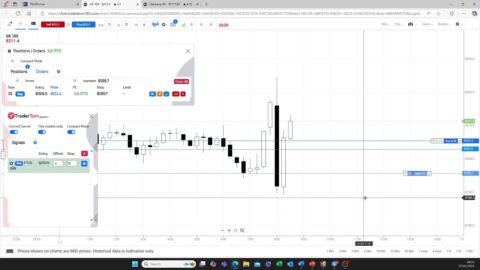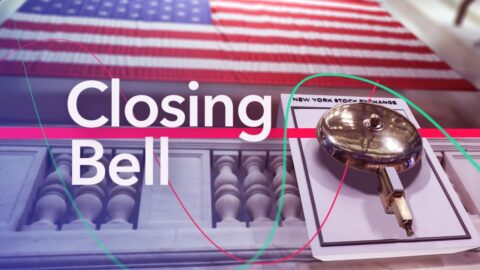The concepts of niche and mass market segments are introduced here by Jim.
#alevelbusiness #marketing #NicheMarkets #MassMarketing
VIDEO CHAPTERS
00:00 Introduction
01:22 Niche and Mass defined
02:12 Key features of a mass market
03:04 Examples of mass market products
03:19 Benefits of mass markets
03:58 Why target a niche market?
VIDEO SUMMARY
This video is about the difference between niche and mass markets, using potato crisps as an example.
Mass markets are the biggest part of the market, where there are many similar products offered by a number of competitors. For example, Walkers crisps have over 55% of the market share for crisps in the UK. Customers in a mass market tend to have less specific needs and wants. Businesses can succeed in a mass market by having low unit costs and exploiting economies of scale. This means producing a lot of a product in order to bring the price down. It can also be helpful to have a ubiquitous brand that is well-recognized by consumers. Examples of successful mass market brands include McDonald’s, Gillette, Heinz and Kellogg’s.
Niche markets are smaller segments of a larger market. Customers in a niche market have more specific needs and wants. This means that businesses can charge a higher price for a more differentiated product. For example, O’Donnell’s crisps are gluten-free and hand-cooked, which appeals to a specific niche market. Businesses that succeed in niche market are less likely to attract competition. However, they are also less likely to benefit from economies of scale.
Views: 0














Literally watching this 6-7 months before I start college
Find some fantastic Business study resources from the tutor2u website https://www.tutor2u.net/business/collections
Have a look at our Student Workbooks for GCSE and A-Level Business https://www.tutor2u.net/business/store/selections/student-workbooks-for-gcse-and-alevel-business